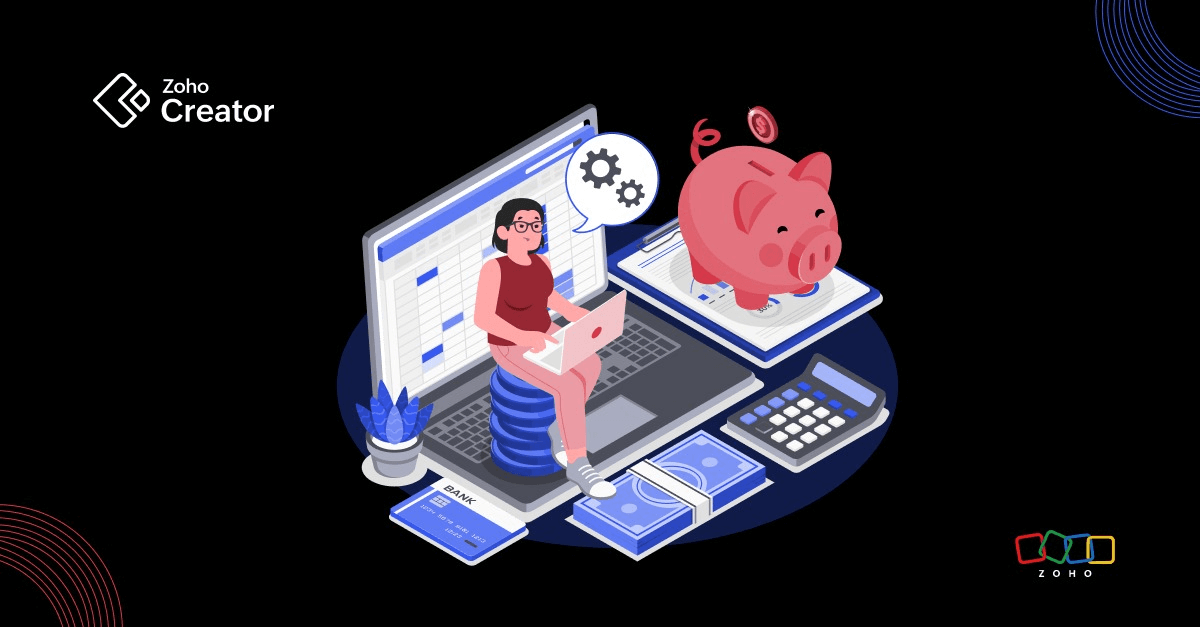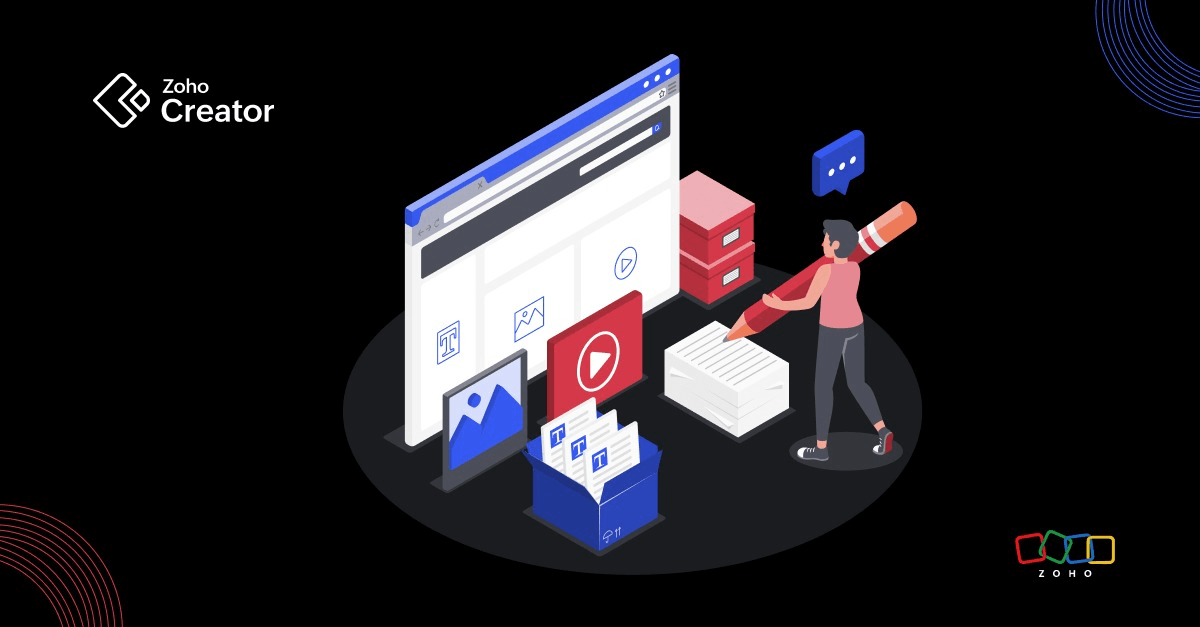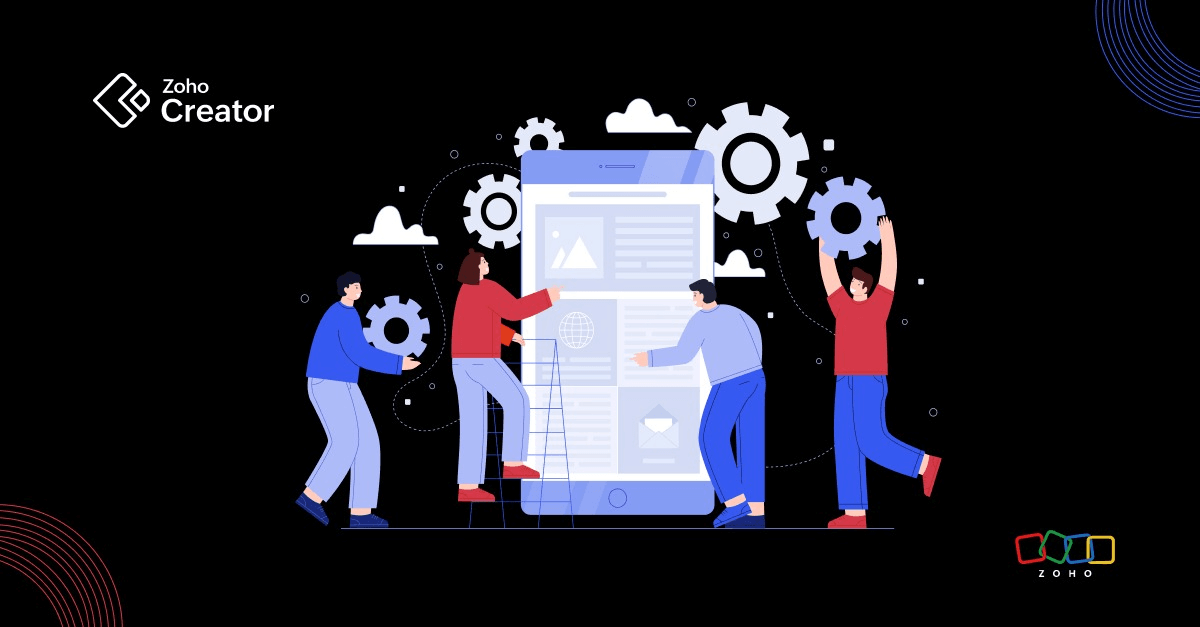- HOME
- Know Your Tech
- Why cloud-based mobile-first solutions are the key to a successful digital workplace
Why cloud-based mobile-first solutions are the key to a successful digital workplace
- Last Updated : April 20, 2023
- 3.1K Views
- 5 Min Read
Today’s workplace is no longer just a physical space where employees come together to work—as recent eventshave proven, our workplaces are alwayson andalwaysconnected. The goal of implementing a digital workplace is to provide tools that will enable employees to work effectively while collaborating with team members to complete common projects faster.
Essential principles of a digital workplace
While it’s incredible to observe how much things have shifted in the last few decades, the evolution of digital tools has resulted in problems of its own. As tools keep evolving in a lightning-fast, somewhat-haphazard manner, the digital workplace has started suffering from a lack of cohesion.
In most cases, there’s a glaring lack of governance or strategy when it comes to building a digital workplace. This has resulted in an extremely frustrating experience—both for companies and for employees. Most large companies today have a number of tools and platforms (many of which run on legacy technologies), but they don’t work together. Information continues to exist in silos and connecting the dots to glean meaningful insights is becoming more difficult.
One of the first things that organizations need to do today is to examine the essential principles of a digital workplace. Once we recognize what an effective digital workplace is all about, it becomes much easier to choose the right tools to build the perfect digital work environment.
A holistic approach
A digital workplace is more than just an intranet and its related tools. Businesses need to focus on many areas—connectivity, collaboration, systemic challenges, and personal productivity. An effective digital workplace is one where the conventional ideas of “front,” “middle,” and “back” office give way to one integrated unit. People, processes, intelligence, and infrastructure all come together to achieve a common set of business outcomes. A holistic digital workplace combines:
A digital foundation that includes process automation, cybersecurity, and cloudification
Smart digital support functions that incorporate things like design thinking, digital transformation, and change management
Cutting-edge digital processes like AI, ML, blockchain, IoT, Big Data analytics, and more
Smoothly integrated
A large (or even mid-sized) organization has a number of projects happening simultaneously. A digital workplace will include tools that allow for coordination both within and between projects, so that the overall goals of the organization can be better met. All change agents—whether RPA (robotic process automation), AI, blockchain, IoT, or analytics—must come together to solve business challenges. Too often, the conversations are around “this vs that,” whereas there can be no rapid transformation unless these different change agents come together.
Let’s take smart analytics as an example. Effective smart analytics today combines so many different digital tools—AI tools like NLP (natural language processing) conduct the searches, neural networks explore the data effectively, and machine learning algorithms build predictive models.
Collaboration should become commonplace
An effective digital workplace is one that’s built on strong partnerships outside the workplace—whether that’s with academia, startups, platform players, or software providers. Creating a strong ecosystem that thrives on symbiotic relationships will ensure that digital evolution becomes a continuous and even organic part of your business.
User experience
This is probably the defining principle of any successful digital workplace—just like it’s the defining principle of any successful product. Employees need to work with tools that closely mimic existing practice and employee behavior—and then improve upon them. This is the only way to get widespread adoption.
Productivity first
Productivity is at the heart of the digital workplace, and the idea behind incorporating all of these tools is to improve employee productivity. This is one question that should be at the forefront of every digital workplace decision—will this help improve productivity?
Hire for creativity
As the more linear, repetitive tasks start getting taken over by digital tools, it’s important to keep redefining roles. Skills like data interpretation, strategic thinking, and data-backed intuitive decision-making will become more important. Creative thinkers who will be able to meet these needs more effectively are necessary hires going forward.
What to keep in mind while choosing the perfect digital toolkit
Even though a digital workplace has numerous benefits, there’s a lot that can go wrong while implementing digital tools. It’s important to make sure that your digital workplace strategy is designed to reduce effort and improve productivity, and doesn’t end up becoming difficult to use and counter-productive. Here are a few things to keep in mind:
Customize based on your business requirements
The analogy of a toolbox works well here. An electrician’s toolbox will look different from a plumber’s which will look different from the basic toolbox you keep at home. In other words, you need to build the digital toolbox for your organization based on your needs.
Every organization has different requirements—depending on the industry, business size, growth potential, and so on. Choosing the tools that are appropriate means keeping these distinctions in mind. A tool might be extremely popular at enterprises around the world, but may not be a good fit for your scale or industry. Within each tool, as well, there are a number of plans—Basic, Premium, Pro, Enterprise—that you need to choose from based on your needs.
Data protection by enabling role-based access controls
Cybersecurity is a huge concern for organizations worldwide. That’s why state-of-the-art digital workplace tools should incorporate robust security measures within their cloud-based software.
Most organizations that use digital workplace tools need to pick ones that have role-based access control (RBAC) in place. This is a mechanism that restricts system access. It allows you to set permissions and privileges so that different users have different access levels based on their roles and responsibilities. This protects sensitive data while at the same time ensuring that individual employees have the access they need to complete their tasks.
Mobility
In the era of mobile-first applications, it’s important to make sure that the tools you deploy are mobile-friendly. While your employees may spend most of their productive work hours on a computer, chances are there will be times when they prefer the freedom of a mobile application. This allows employees to have more control over their time, while also staying connected with the organization and important work that needs to be monitored.
Gamification
Gamification is the simple idea of applying game design techniques into the digital workplace. Gamification is all about improving employee engagement by tapping into the basic human impulse for achievement and recognition.
As of today, only 31% of companies are exploring the idea of gamification in the digital workplace. Many tools— whether it’s Zoho People, Slack, or Trello— have gamification embedded into their user experience. Choosing a toolkit that encourages gamification is a great way to gain a competitive advantage.
Conclusion
Avoiding digital tools is simply not an option any more. Companies have to take the time to figure out a comprehensive digital workplace strategy, This not only includes incorporating cutting-edge, cloud-based, mobile-first solutions, but also making sure that they’re right for your organization. It also means making sure they work together seamlessly and intuitively to achieve clearly-defined business goals.
 Merlin
MerlinMerlin is our in-house digital workplace content specialist. She spends part of her days combining her passion for writing with marketing. The rest of her time is spent reading manga, battling friends in online games, and discovering new music.



